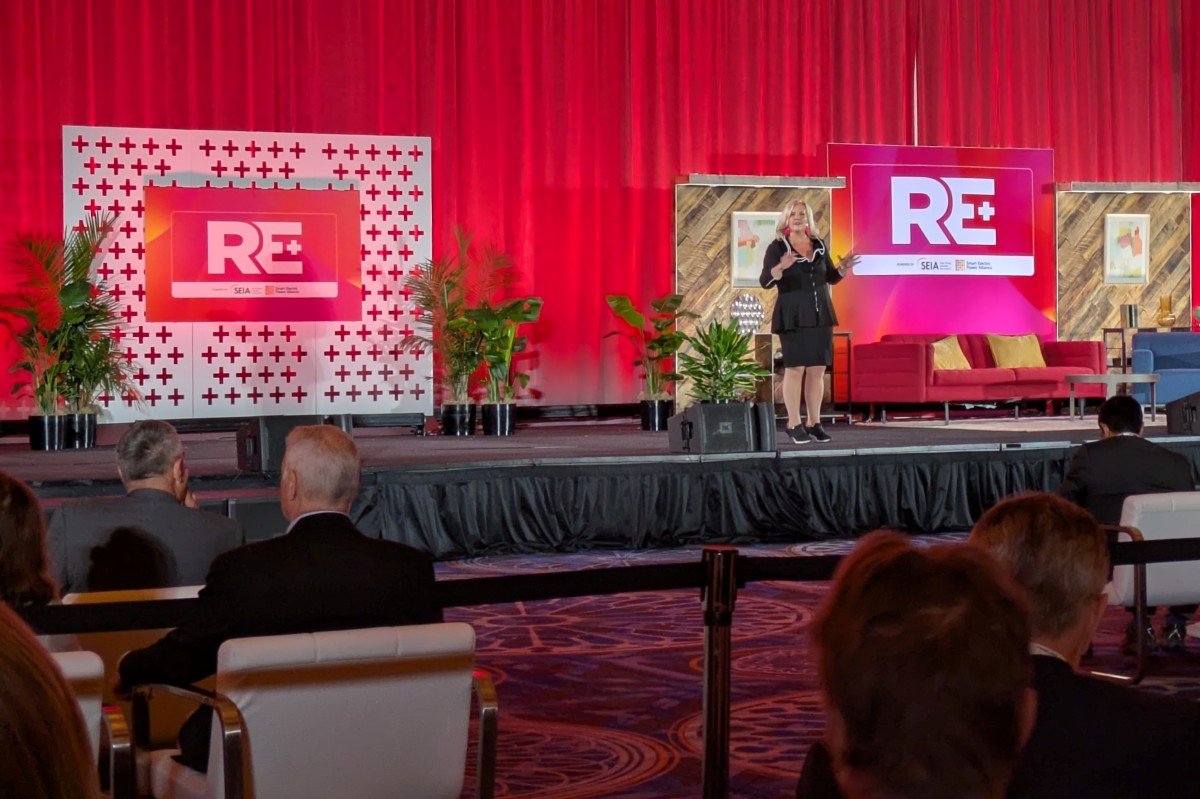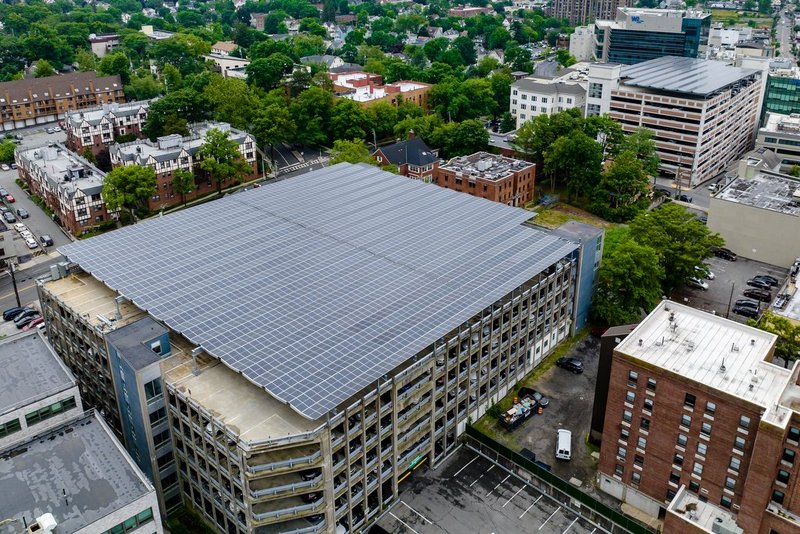Proud to be an American
The U.S. military works toward renewable energy goals through the use of local products and companies.
By Yvonne Kendrick
Mandated by the Department of Defense to reach 25 percent renewable energy by 2025, leadership at many U.S. military bases are taking a serious look at the benefits of solar energy. The Army recently released a $7 billion draft request for proposal (RFP) dedicated to renewable energy projects, which also encourages bases to partner with local companies that will ultimately sustain or create jobs within their communities.
Axium Solar’s recent successful project in Fort Hood, Texas, illustrates that the “go-local” trend can be a triple-crown winner — with local partners using “Buy American”-compliant solar panels and developing both technical and financial innovations to meet military energy needs.
AMERICAN PRIDE
In March of this year, Fort Hood celebrated the activation of a 684-kW ground-mount PV system at Liberty Village, a privatized military family housing complex. To help it meet renewable energy goals, Fort Hood worked with Axium Solar, a solar EPC firm in Texas and its longtime partner Universal Services Fort Hood (USFH). USFH, which owns and operates Liberty Village, worked closely with Fort Hood officials while Axium managed and performed the installation.
In addition, it was important to Fort Hood and the partners that the solar energy system follow the Buy American Act (signed by President Hoover in 1933, requiring the U.S. government to prefer American-made products in its purchases), and thus SCHOTT Solar, which at the time manufactured panels in Albuquerque, N.M., was tapped for the project. Today, SCHOTT manufacturers CSP receivers and remains in the thin-film market.
A COMPLEX PROJECT
Every project brings its own unique challenges. Deploying solar for a U.S. base has different complexities.
At Liberty Village, the time from project inception to completion was nearly one year — significantly longer than usual for smaller PV systems. However, for federal projects involving multiple layers of approvals, the one-year time frame was a relatively quick turnaround. Meeting the needs of Fort Hood and Liberty Village families required a heightened level of coordination with a variety of stakeholders. For instance, securing a lease for additional land needed for the system required a sign-off from the Pentagon. In addition, every step of the project required that Axium and USFH manage logistics and communication with Fort Hood’s housing and environmental compliance groups and with the base public works department, utilities and fire department.
Even with the lengthy installation process, the project was a source of pride at the base and in the U.S. Army. Even the top level brass at Fort Hood helped to see the installation through to activation.
The real difference compared to other projects was the level of involvement and ownership each group took in the process. It was far more than people just doing their jobs. It was clear this project was important to Fort Hood, and every group was helpful in pushing this project through the various channels.
Technically, this project, which serves more than 300 families at Liberty Village, was also unique. Providing solar energy to 300 families would normally be a complex task involving multiple tie-in points that would effectively equal 300 separate PV systems. Because Liberty Village is a master-metered community, providing onsite renewable energy required only one tie-in.
For the partners and the base, the system equipment needed to be “Buy American”-compliant, as well as cost-effective to make the economics work. Compared to other regions, energy is inexpensive in Texas, making the economics of solar challenging. Thus, choosing the right balance of system components and high-energy yield panels for maximum, long-term energy generation was an important task.
Axium chose to work with California-based SnapNrack. This allowed the installer to work efficiently and pre-panel groups of modules in advance of the actual onsite installation. Axium was able to bring groups of modules to the jobsite ready to install, which reduced the time required to construct the array.
MONEY SAVED
Because military leadership must meet their renewable goals in an environment of tight budgets, the ability to bring external project financing to the table is critical. Katherine Hammack, assistant secretary of the Army for installations, energy and environment, says in a press release that the Army’s risk mitigation strategy involves renewable-energy production that maintains fiscal responsibility, and that the military is dedicated to leveraging private-sector financing for large solar systems. The same financing structure can also be successfully utilized with systems less than 10 MW in capacity installed by smaller, local integrators.
USFH was able to finance the $3 million project at no cost to the base, in part because all primary partners and the SCHOTT panels were ready and in place at the time of the transaction.
The 4-acre, ground-mount solar energy system at Fort Hood will generate an estimated 1 million kWh of clean energy annually, which is roughly 20 percent of the energy consumed in the 300 homes at Liberty Village. The deployment costs, operations management and expenses are incurred by USFH and are not on the base’s budget. USFH, which will see significant savings in energy costs over 25 years, also receives federal solar income tax credits and accelerated depreciation benefits.
ENERGY SECURITY
“Clean solar energy is an important part of our effort to reduce Fort Hood’s dependence on fossil fuels and create greater energy security,” says Brian Dosa, director of public works at Fort Hood via press release about the installation. “If we can generate the electricity ourselves, either through solar or through wind renewable sources, that gives us greater security and less dependence on power that’s coming from outside Fort Hood.”
Local solar companies are reducing dependence on foreign energy sources while improving national security. These successes point to the significant benefits that solar and other renewables can bring to the country.
Yvonne Kendrick is president of Axium Solar, headquartered in Plano, Texas. For more information, visit www.axiumsolar.com.






Comments are closed here.